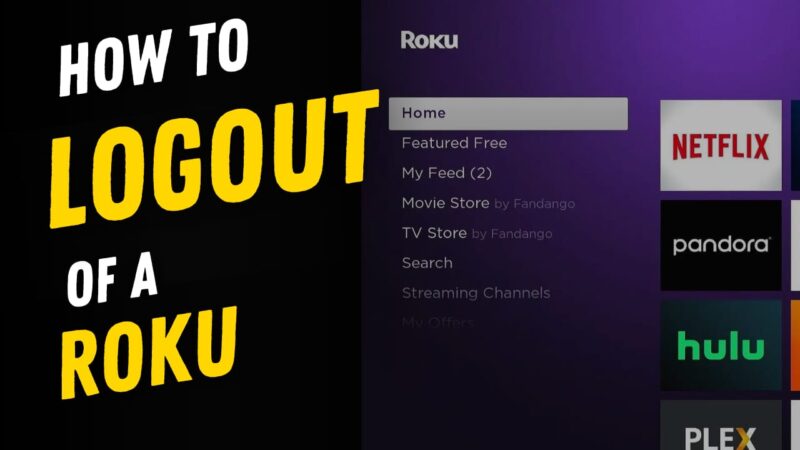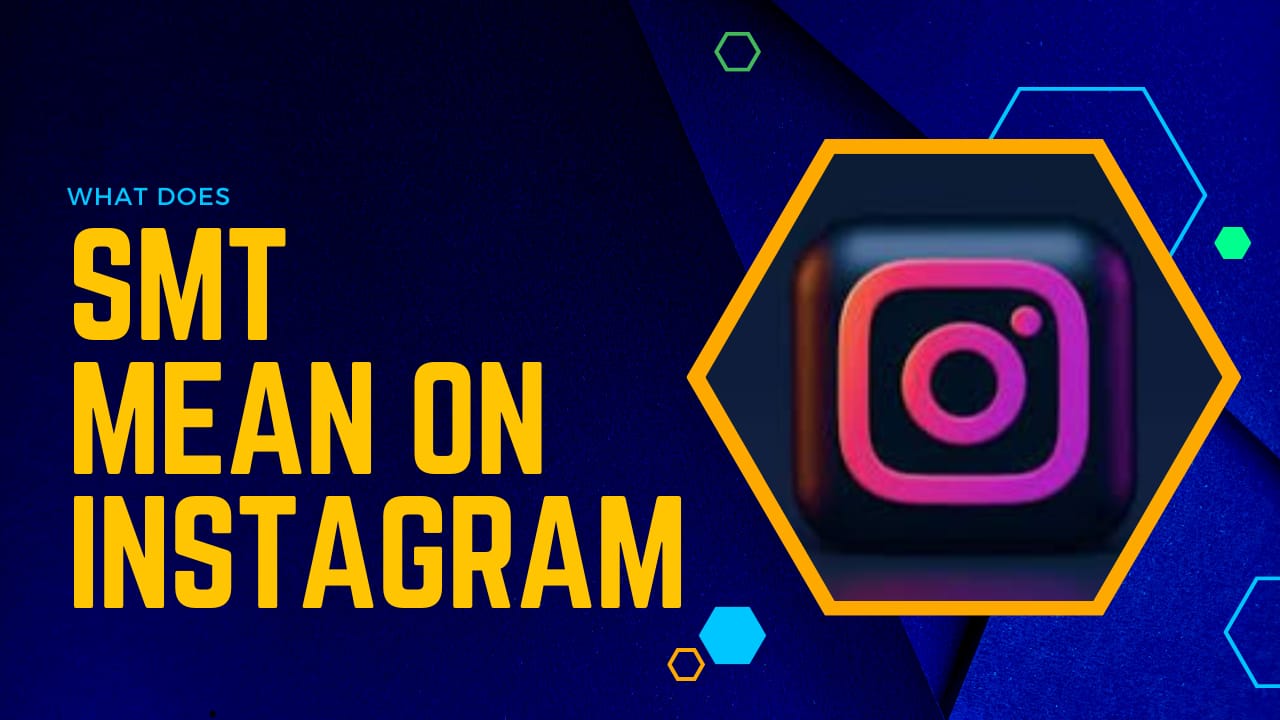com android server telecom. what is it and used for?

Com Android Server Telecom
The package in the Android operating system that manages telecommunication-related functions is called com android server telecom. Call handling, call settings, and communication with the telephony framework are just a few of the functions it performs as a component of the Android system server.
The part that facilitates and controls phone-related functionality on an Android device, making sure that calls, connections, and associated features are handled correctly, is known as com .android .server.telecom.
What is com android server telecom?
As the server-side implementation for telephony services, the Android operating system contains a package called com.android.server.telecom. For Android devices, it is essential for controlling phone functions. Call handling, call control, call setup, and communication with the phone system are only a few of the functions that the package’s components handle.
The coordination and smooth operation of the device’s communications services are essentially guaranteed by com.android.server.telecom, which is a crucial component of the Android operating system. The native framework routes calls like a switchboard. The entire process of making a phone call including pressing the dial button to mute and hold, conference and disconnect the connection, Com.Android.Server.Telecom handles everything.
What is com android server telecom used for?
A cloud-based telecom service called Android Server Telecom was built to enhance business communication. For companies of all sizes, it provides capabilities like voice, video, SMS/MMS messaging, contact centre solutions, and international numbers. It can be used for a number of things, including teamwork, sales and marketing campaigns, virtual conferences and meetings, customer assistance, and more. The Android operating system contains a package called com.android.server.telecom, which is mostly in charge of controlling telecommunications services on Android devices. The following are some of the main uses and features of com.android.server.telecom:
- Call management is the process of starting, managing, and ending phone calls. Calling, receiving, and adjusting call settings are all included in this.
- Connection handling is in charge of setting up and keeping voice call connections. This entails making certain that the gadget and the cellular network are communicating properly.
- Interaction with the Telephony Framework, this component works in tandem with the Android Telephony Framework to provide communication between the phone hardware and the device.
- Call routing function chooses the best way to route and handle calls depending on user preferences, call type, and network availability.
- Bluetooth Integration help in Managing Bluetooth features for hands-free calls and other Bluetooth-connected phone functions.
- Integration for Voicemail oversees all voicemail-related features, such as retrieval and alerting.
- Interface Integration help to Communicate with the Android interface to show and manage incoming calls, send out notifications about calls, and control the user experience while on the call.
Function of com android server telecom
Form all the above functions of com.android.server.telecom some other functions are;
1. Call
It displays all the call-related logs like callers’ names and numbers by fetching the data from an Android database including the phone book and internet database.
2. Call details
By retrieving the information from an Android database, which includes the phone book and internet database, it shows all of the call-related logs, including callers’ names and numbers.
3. Call Recall
All of the call’s RTT information is stored in this function. RTT information functions similarly to a call’s route and reroute. It manages all of the call’s network-related data.
4. Call Audio State
It is also the responsibility of com.android.server.telecom to manage all in-call audio features, such as calling audio status. Verify that the call is not muted and that the voicemail is functioning correctly on both ends. Additionally, li has control over call recordings.
5. Call Redirection Service
Call redirections, such as call diverts that function with RTT, are handled by the Called redirection service function of com.android.server.telecom. All call diversions and re-directions are recorded by the function.
6. Call screening service
This function com.android.server.telecom controls all call filtering and screening services. It starts working before the call is displayed on the phone’s screen. The primary goal is to determine whether the incoming call is on the block list; if it is, the call is automatically declined.
7. Connection
The purpose of this function is to make sure that calls are connected. It guarantees call connectivity and then retrieves call-related data, such as logs, among other things.
8. Video provider
This feature checks the Android device’s video call connection status over the VoIP or VOLTE network.
9. Disconnect cause
The primary purpose of the Disconnect cause module, as its name implies, is to verify and get the information following a call termination.
10. In call services
Both before and after the call is connected, the function is essential. On an Android device, it stores all the data both before and after a call is placed like Keeping track of logs, fetching calls on-screen etc.
11. Phone account
All of the call account’s relevant data is under the control of this function. Phone account maintains all the details of a calling account, including VoIP and SIP account details, the type of network utilized for calls, and more.
12. Video profile
This function is in responsible for all details pertaining to video calls. The account is utilized for making video calls, retrieving call logs, managing video call profiles, and other related tasks. In order to inform the user whether a video call may be made on the number they have dialled, it also checks the status of calls.
13. Camera capabilities
Video Profile controls every aspect of in-video calls. In basic terms, it must keep track of the camera’s quality, settings, and other information during an Android video connection.
Conclusion
A key component of an Android device is com.android.server.telecom, which manages all aspects of conversations, including audio and video calls, call quality, connectivity, network details, call accounts, and many more. In order to guarantee full in-call and after-call logs and service, this integrates with the Android telecom server.
Frequently Asked Questions (FAQs)
No, com.android.server.telecom cannot be uninstalled or remove because it is a core part of Android system. If you remove the app you cannot manage or handle the call from both phone call and VoIP calls.
The Google Activity app gathers usage statistics about you and your device through a service called Incallui. Along with other information like the websites you visit and the searches you do, it keeps track of the apps you open, when you use them, and for how long. Personalised suggestions for Google goods and services are made using the information.





